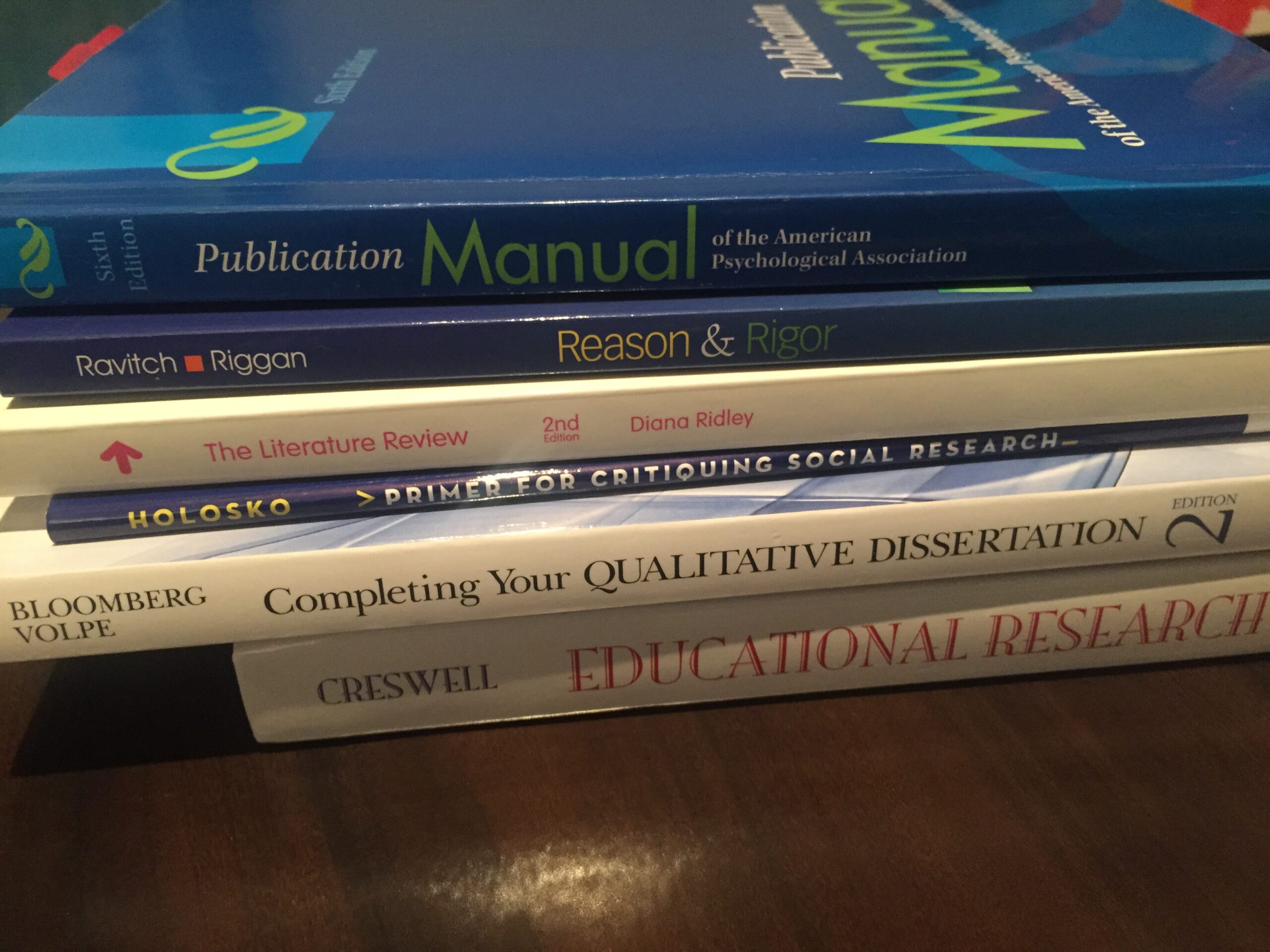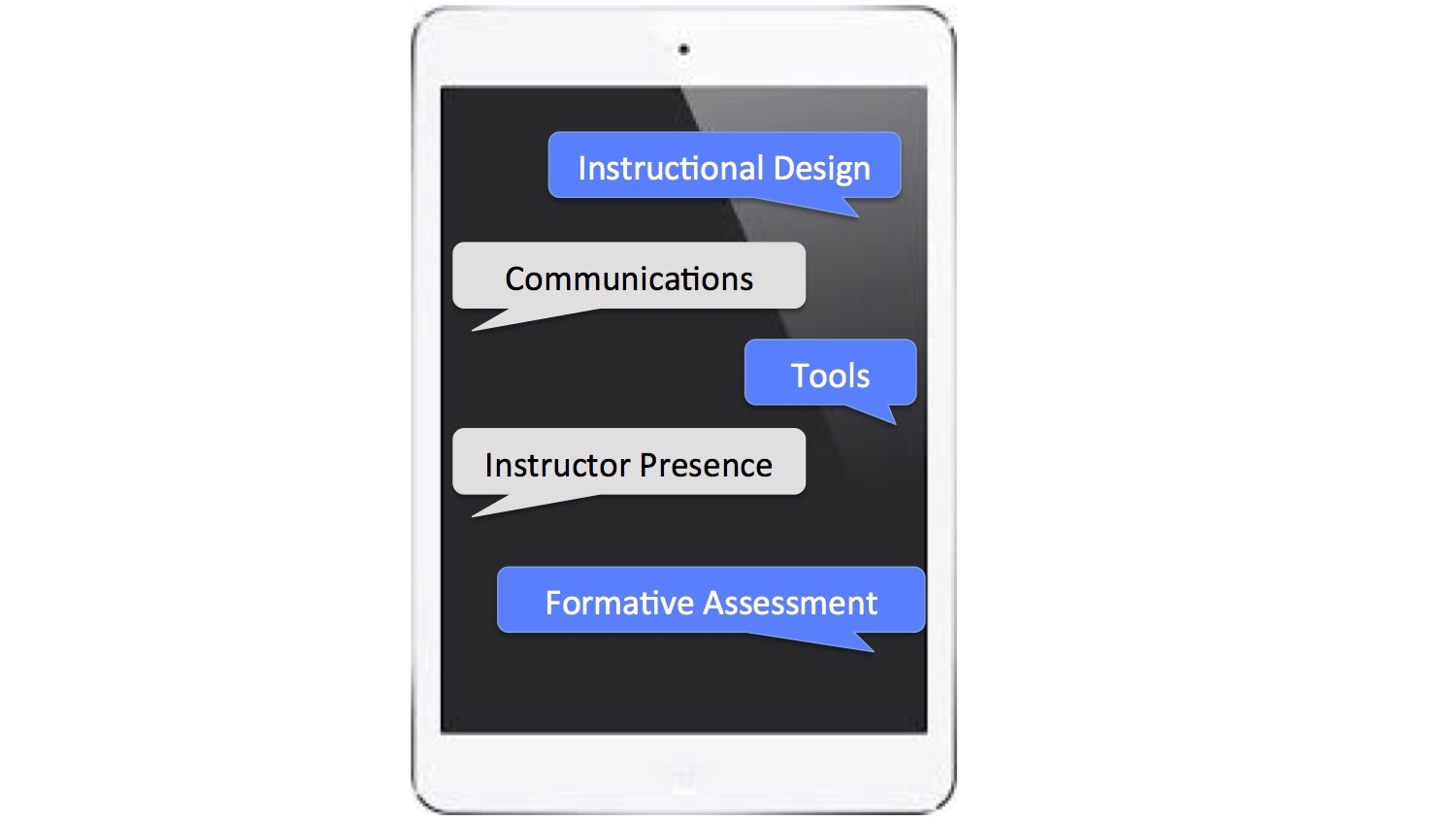Tip: Use the online discussion forum to incorporate transparent feedback loops into learning tasks to provide students with suggestions for improvement.
Sharing incomplete and draft work can be a regular and repeated process throughout a course. Students can be organized into small peer review groups (3-4) to share draft work using the online discussion forum in Desire2Learn. Draft work can be shared as an attachment or by inserting an external link (i.e. Google document) in the message thread. It is also helpful for reviewers when students describe the type of feedback requested using the criteria outlined for the learning task.
In these small discussion groups, the feedback process is manageable and students can provide clear and specific feedback to a few peers in the class. As the instructor, I also review the draft work posted and provide feedback to students. My feedback might include a brief reply posted in the discussion forum or a more detailed response using track changeshttp://www.drbarbbrown.com/wp-content/uploadscomments. Additional feedback may be required using email or arranging a virtual meeting using Adobe Connect.
Overall, this transparent feedback strategy serves to: 1) provide students with peer and instructor feedback when there is still an opportunity to make changes before submitting the assignment for a grade; 2) clarify learning intentions and any misunderstandings about the criteria for the task; and 3) offer students an opportunity to review the type of feedback peers receive from other students and from the instructor. The following quote from one of my former students demonstrates the value in using transparent feedback loops: “Assessment practices supported my learning and showed me what my next steps are. Quick and helpful feedback was inspiring and exactly what I needed to stay engaged in the course.”
Note: This was also posted in the Teaching & Learning Newsletter, Werklund School of Education, University of Calgary, November 2015.




